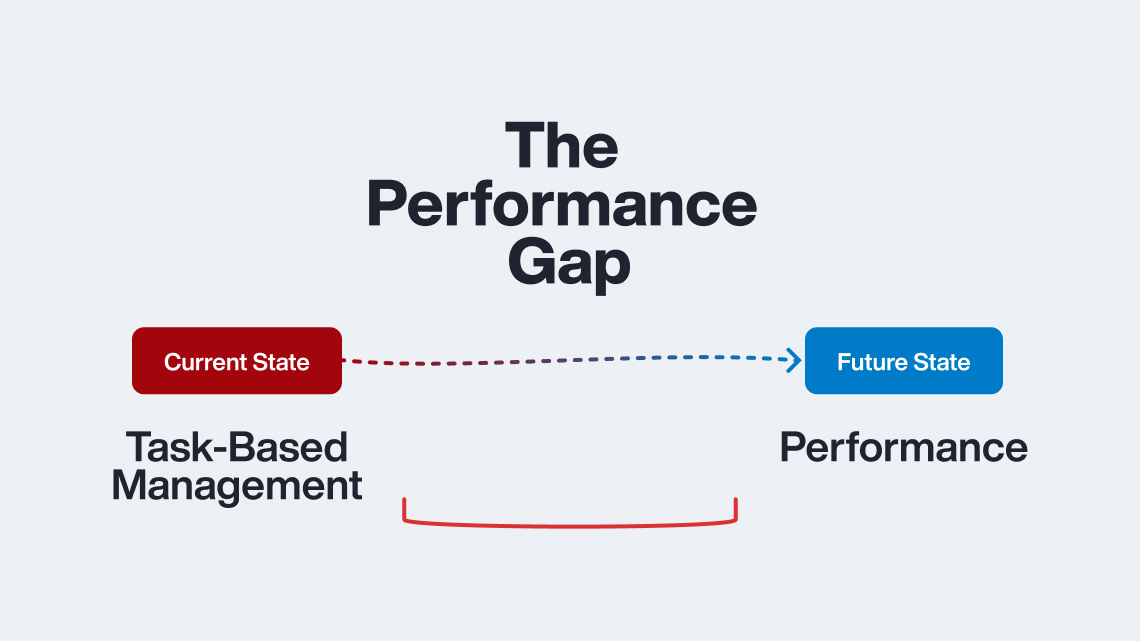Published on November 10th, 2015
By Stephanie Vernon
 Sprout Marketing has teamed up with AppFolio once more, this time for an in-depth discussion of Conversion Marketing and how you can turn those half-baked applicants into bonafide residents. In this webinar, experts Rebecca Ross (Branding Director) and Amy Kosnikowski Dilisio (Vice President of Business Development & Education) explore what to do with your prospects once they have found you. With a specific focus on website design, the Sprout team explains why a “less is more” approach proves to be the best solution when it comes to attracting new business.
Sprout Marketing has teamed up with AppFolio once more, this time for an in-depth discussion of Conversion Marketing and how you can turn those half-baked applicants into bonafide residents. In this webinar, experts Rebecca Ross (Branding Director) and Amy Kosnikowski Dilisio (Vice President of Business Development & Education) explore what to do with your prospects once they have found you. With a specific focus on website design, the Sprout team explains why a “less is more” approach proves to be the best solution when it comes to attracting new business.
Right Info, Right Place, Right Time
Now that a potential new client has discovered your website your primary goal is to retain their interest in what you have to offer. As a property manager looking to fill vacancies, having a website doesn’t mean you have to make every single detail about your communities immediately available. Instead, focus on your design like you have a story to tell. With a convincing emotional hook on your homepage you’ll leave your visitors wanting—and consequently—exploring more. As you introduce more info about who you are as a business, consider these tips:
- Create a website flow. Think of your website as a map and the desired route that you want your prospects to take as a guided tour. They should be able to peruse at their leisure, but no matter where they go you lead them to your end goal: making them a customer.
- People need to know where to go. You know where you want your visitors to end, so take advantage of every opportunity to make your design thoughtfully intuitive. Design a site that inspires legitimate curiosity.
Four Ways to Improve Your Website Conversion Strategy
It all sounds great in theory so far, but what about those of us that don’t have the practical tools or knowledge to design an intuitive and purposeful website? Here is a list of four simple strategies that will make an enormous impact on how people perceive your online presence. If you need something a little more tactile to go off of, you can check out the slides from the webinar at bottom of this page for visual examples.
- Incorporate your Call-to-Action above the fold. If you think of your homepage as a piece of paper, make sure that your primary business goal i.e. “Apply Now,” is distinct and prominently featured in the top half of the page. You can include navigation or guided tour features, but they should take a back seat to your company’s main objective…generating business!
- Don’t make them search for it. While almost every website you see today has a search bar that can help visitors find what they are looking for, this experience is far from ideal. The information that your customers need should be embedded in a design that they want. Think about the questions you receive most from prospective renters on a day-to-day basis and incorporate that information into your website flow plan.
- Have a clear and concise navigation that is easy to find. Along the same lines, make your site navigation information easy to find when accessing the main page. Some websites put these options at the top, some put them below the Call-to-Action and some have what is called a “persistent” or “sticky” navigation, which means that the navigation options will scroll down the page as your visitor does, constantly providing them with access to any part of your website.
- Don’t forget to interlink your pages. When planning your website flow, make sure that every page has access to every other page. Don’t make your visitors travel back to your homepage to find information that could have been made accessible from their current page. Traveling back to find more information can feel a little bit like starting all over, and the last thing you want to do is frustrate your prospects!
Three Metrics to Measure Your Success
Great website designers are constantly tweaking their designs to optimize flow or positivity within the user experience. In order to know what to change, you need data that will support or negate your changes. Here are a few great ways to ensure that you are building a better site!
- Overall Traffic Numbers. This is a great way to gauge your traction on the web. This number helps you understand not only how many people are visiting your site, but it also helps you learn how you can better optimize your web presence via search engines or social media. If you haven’t seen our first webinar with Sprout on Improving your Digital Marketing Strategies, you can check that out too.
- Time on Site. These numbers can help you track visitor engagement. Measuring the average session duration shows you how interesting your website is to your prospects, and pinpointing time spent on specific pages can help you determine which of your pages are most interesting, and the pages might need a little work. You can also track your website’s Bounce Rate, or the percentage of visitors who navigate away from the site after viewing only one page.
- Look at your in-page analytics. This includes frequency of clicks on certain items within your pages and can help you understand if your layout is optimal for your goals, your calls to action are visible enough, or if your users are finding what they are looking for.
If you would like to learn how to get started with measuring the success of your website, check out the Q&A section below to learn how Google Analytics can work with you.
If you missed the webinar, check out the slides and recording. Also, be sure to download the handout for some quick takeaways.
Slides
Recording
Feeling inspired to revamp your website? AppFolio Property Management Websites are 100% integrated with AppFolio Property Manager so you can seamlessly accept rent online, post and update vacancies, and accept online maintenance requests. Select from a variety of professional and modern website designs that make it easy and intuitive to navigate your online business.
Q&A with Rebecca Ross, Sprout Branding Director
1. How do you set up Google Analytics?
Below you will find two GREAT articles from Google that walks through the process with screenshots! If you have any questions please let me know by emailing rebecca@watchyourbusinesssprout.com.
Set up Google Analytics Account
Set up the Google Analytics Tracking Code on your website
2. How do you track Social Leads?
You can use Google Analytics to track how many people go from a social network such as Facebook, Twitter, etc. to your website. Buffer, a social media management tool, posted a great article that shows the best reports to gauge your social media on Analytics. I personally use the first two reports the most.
3. What is the most cost-effective way to convert leads?
FOLLOW-UP CONSTANTLY! The best conversion tool you have is your team:
Phone: If you have their number, don’t be afraid to call them. Sometimes people need that personal touch to take the leap.
Email: Don’t forget to follow-up via email. You don’t have to spam them, but people want to be wanted. Show them you care with a personal email to show them that you remember them.
Snail-Mail: Get creative and get fun with it!
Social Media: Tag your hot leads in posts on Facebook, Twitter, etc. thanking them for visiting and show how excited your are to have them at your community.
4. Do you think postcards are a good marketing strategy for the cost?
Absolutely! Now that everyone is moving to a more digital strategy, having a tangible item is rare. The more rare something is the more memorable it is. Just make sure your postcards have a very clear call to action and you are distributing them to your targeted segments. Tip: Find a good partner for printing! At Sprout a 5×7 postcard is a little over $100 for 1,000.








1 Pingback